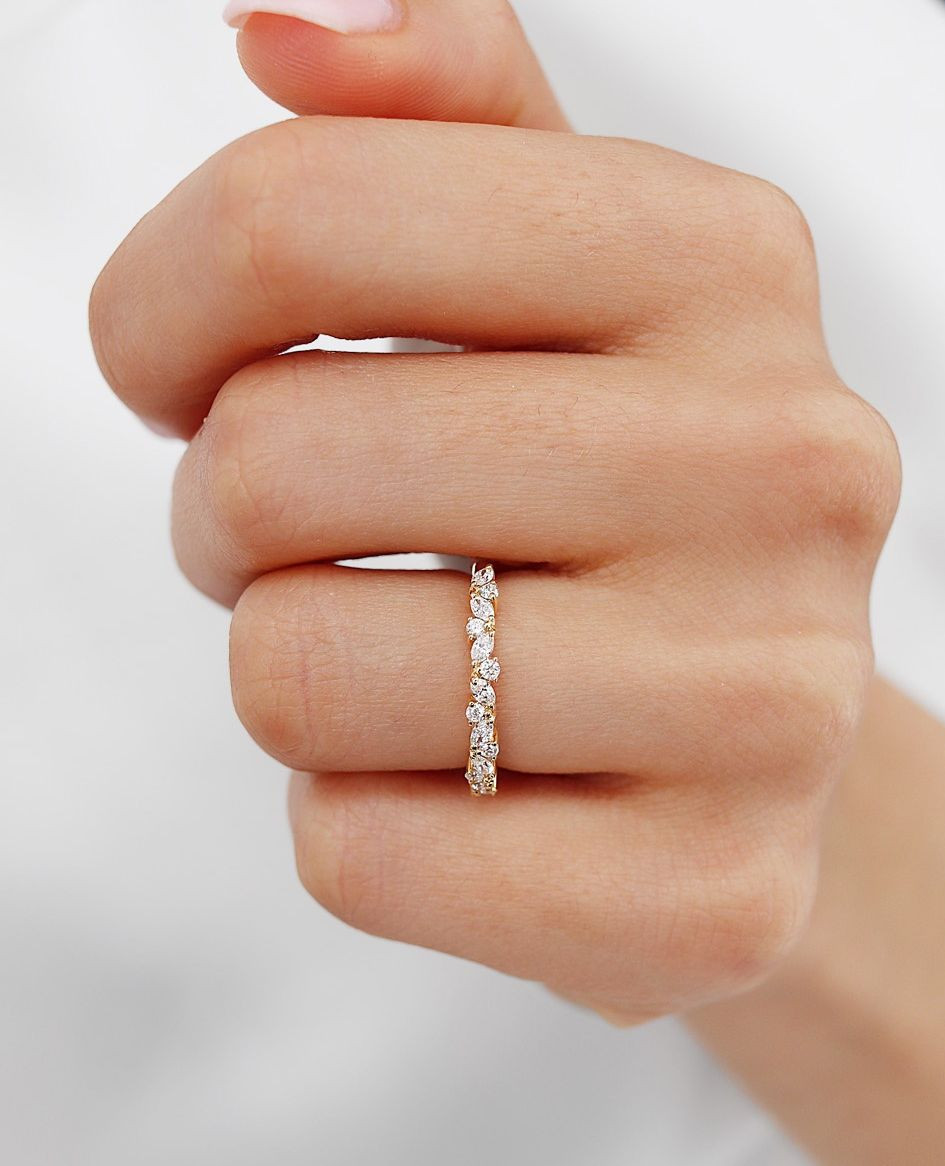When it comes to choosing the perfect stone for engagement rings Manchester, many people find themselves comparing diamonds with alternatives like moissanite. Moissanite has become increasingly popular due to its brilliance, affordability, and ethical appeal. However, despite its growing recognition, there are still several myths surrounding this gemstone. This article aims to separate fact from fiction and provide clarity about moissanite’s true qualities.

One of the most common myths about moissanite is that it is just a “fake” diamond. While it’s true that moissanite is not a diamond, calling it fake undermines its beauty and value. Moissanite is a natural mineral, silicon carbide, that was first discovered in a meteor crater by Henri Moissan in 1893. Although it shares some similarities with diamonds, such as its brilliance and hardness, moissanite is a unique gemstone in its own right. It is distinct from diamonds in terms of chemical composition and physical properties, making it a legitimate and valuable choice for engagement rings in Manchester.
Another misconception is that moissanite lacks the same sparkle as diamonds. In reality, moissanite actually has more brilliance and fire than diamonds. Its refractive index is higher than that of a diamond, which means it can reflect more light and display a rainbow-colored sparkle. While diamonds shine with a white light, moissanite often sparkles with flashes of color, giving it a fiery appearance that many people find even more eye-catching than a traditional diamond.
Some also believe that moissanite is too fragile to be used in engagement rings. This is another myth that needs debunking. Moissanite ranks 9.25 on the Mohs scale of hardness, just below diamonds, which score a perfect 10. While no gemstone is completely indestructible, moissanite is highly durable and can withstand the everyday wear and tear that an engagement ring typically faces. It’s strong enough to be worn daily without worrying about significant damage.
Another point of confusion is the question of whether moissanite is a synthetic gemstone. While it is true that the moissanite used in most engagement rings is lab-grown, this does not make it inferior. Lab-grown moissanite has the same chemical structure, appearance, and durability as natural moissanite, and it is often more affordable and eco-friendly. The process of creating moissanite in a lab allows for greater control over the quality and size of the gemstone, which means you can find moissanite stones that are virtually indistinguishable from diamonds in terms of appearance.
Many also assume that moissanite is less valuable than diamonds. While it is generally more affordable than diamonds, this does not mean it is of lesser quality. Moissanite is a rare gemstone that requires skill to cut and shape, which adds to its value. The affordability of moissanite allows people to invest in larger or more intricate designs without sacrificing the visual impact of the ring. This is especially appealing for couples looking for engagement rings in Manchester who want a stunning ring that fits within their budget.
Finally, some worry that moissanite is not as socially acceptable as diamonds. However, as awareness of its beauty and value increases, more and more people are choosing moissanite as an ethical alternative to diamonds. With its affordability, durability, and environmental benefits, moissanite is becoming a popular choice for modern couples who want a gemstone that reflects their values without compromising on style.
In conclusion, moissanite is an incredible gemstone that holds its own against diamonds in terms of beauty, durability, and value. By separating fact from fiction, it’s clear that moissanite is a fantastic option for those seeking an ethical and stunning gemstone for their engagement rings in Manchester. Whether you’re drawn to its fiery brilliance, its affordability, or its sustainability, moissanite is an excellent choice for the modern couple.